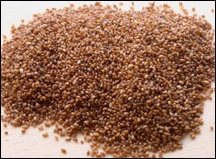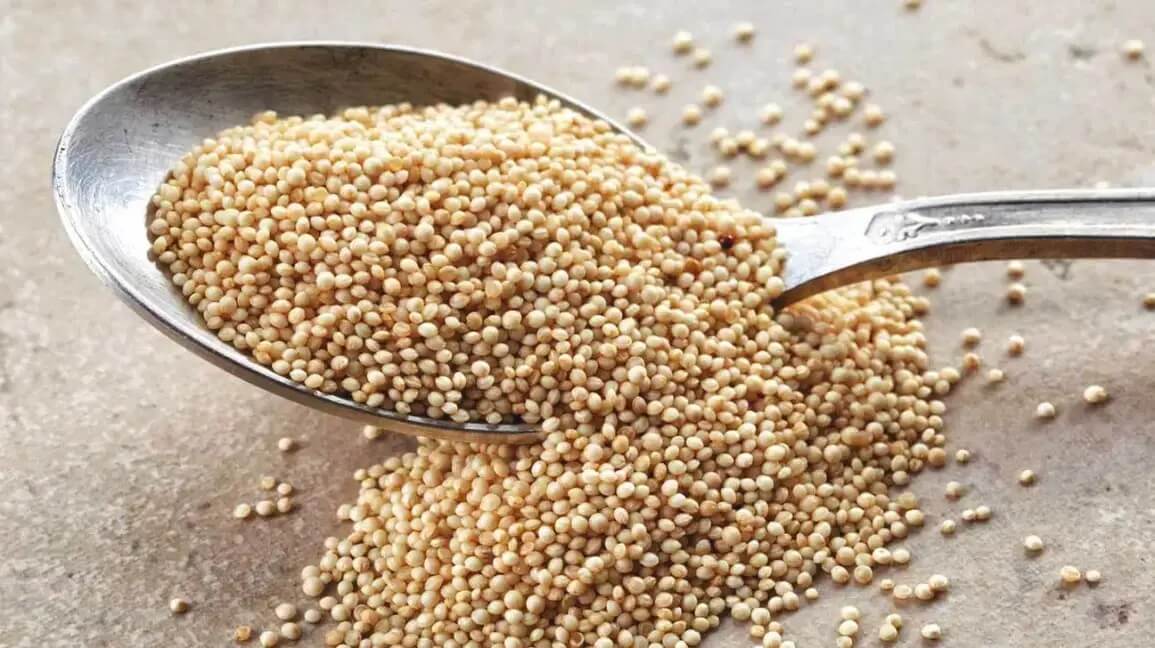Sometimes a successful diet comes down to creativity. If you are interested in adding some different whole grains to your diet, or if you have Celiac’s disease, you should look into these gluten-free grain choices. Do the research, and look into recipes that center around the following gluten-free grains.

Armaranth comes from Central and South America. It is a light tan, tiny seed that is used as a grain. It has a nutty flavor and unique texture. It has 25 % more fiber than whole wheat and is high in protein. It also contains high amounts of iron, magnesium, zinc, and folate. This grain can be served as a hot cereal or added to soups. The flour can also be used for protein-packed baked goods.

Millet is a small yellow grain that contains more protein than wheat, corn, and rice. It is also a good source of B vitamins, fiber, and iron.
When cooked this grain can be used as a rice substitute. Increased water saturation and longer cooking times can create a hot, creamy breakfast cereal. Millet flour gives a light flavor to baked goods.

Quinoa is a grain that is related to the beet, chard, and spinach plants. Quinoa contains all eight essential amino acids and is therefore considered a “super grain”. Quinoa also out performs whole wheat in terms of calcium, iron, and magnesium.
Quinoa cooks fast and has a very light texture. This grain can be served alone with some spice or mixed in a pilaf. It is also very good for soups.

Buckwheat is a fruit seed that isn’t related to wheat at all. Buckwheat is another “super grain” that contains all eight essential amino acids. In addition to being in protein, it also contains magnesium, fiber, calcium, and iron. Buckwheat also contains the entire spectrum of B-complex vitamins.
Cooked buckwheat makes great breakfast cereal. The buckwheat flour can be used for pancakes, waffles, and crepes.

Teff is the world’s smallest grain. This grain is native to Africa, where they use it to make a flat spongy bread called injera. The key nutrients that teff provides include protein, fiber, calcium, iron, vitamin B1, zinc, and copper.
Due to its size, teff works best mixed with other grains or as a breakfast cereal. Teff is also a great choice for baked goods due to its mild nutty and slightly sweet flavor.
In conclusion, don’t be scared to experiment and try different things. Try these grains and flavor them and prepare them without destroying their nutritional value. Avoiding boredom is the key to most people’s success when it comes to a diet. Feeling trapped by the same meals is one of the top reasons for a person to abandon a productive diet. In addition, those with Celiac’s disease need to be well informed of all the food alternatives that are compatible with a gluten-free lifestyle. Celiac’s Disease, or not, I recommend giving these grains a chance.




